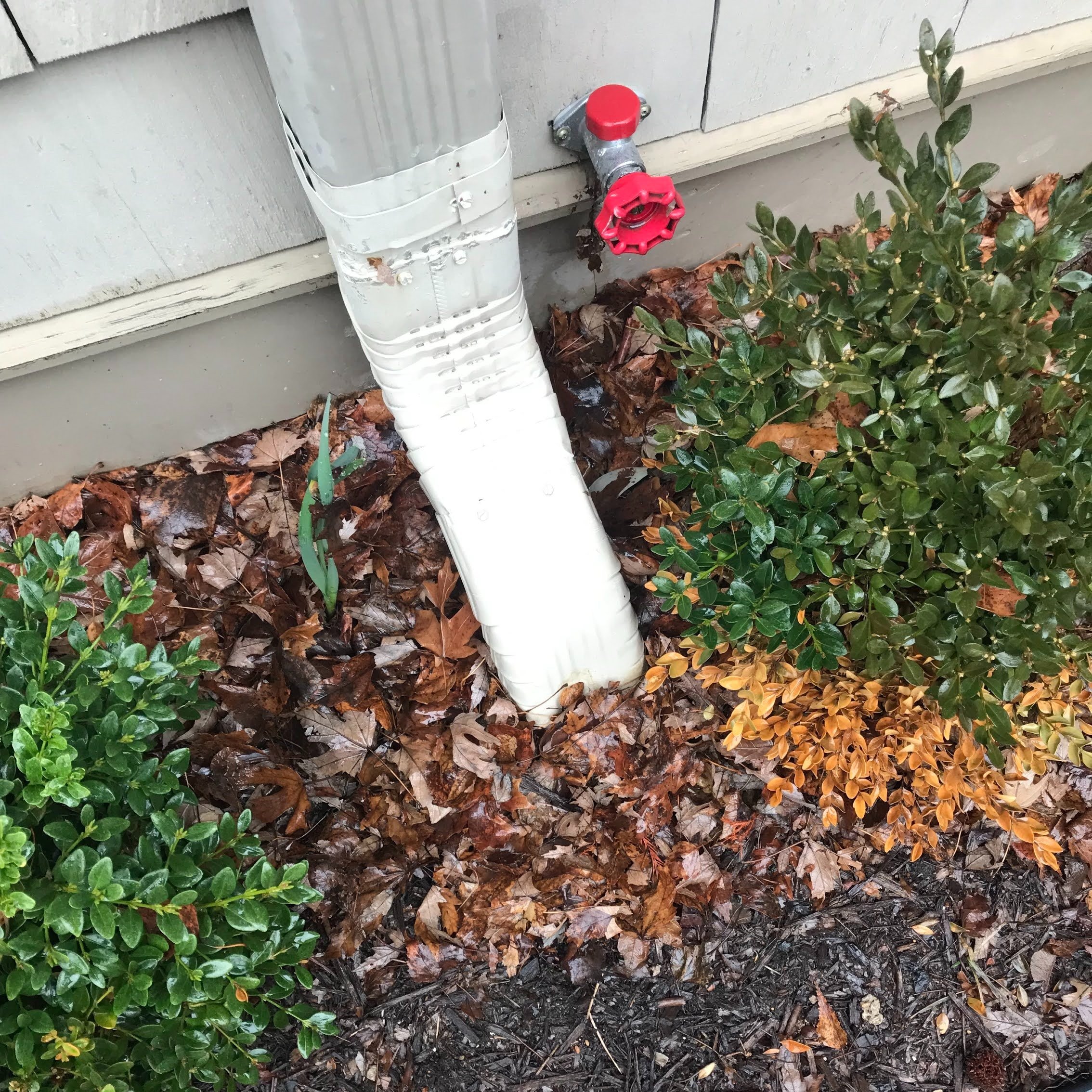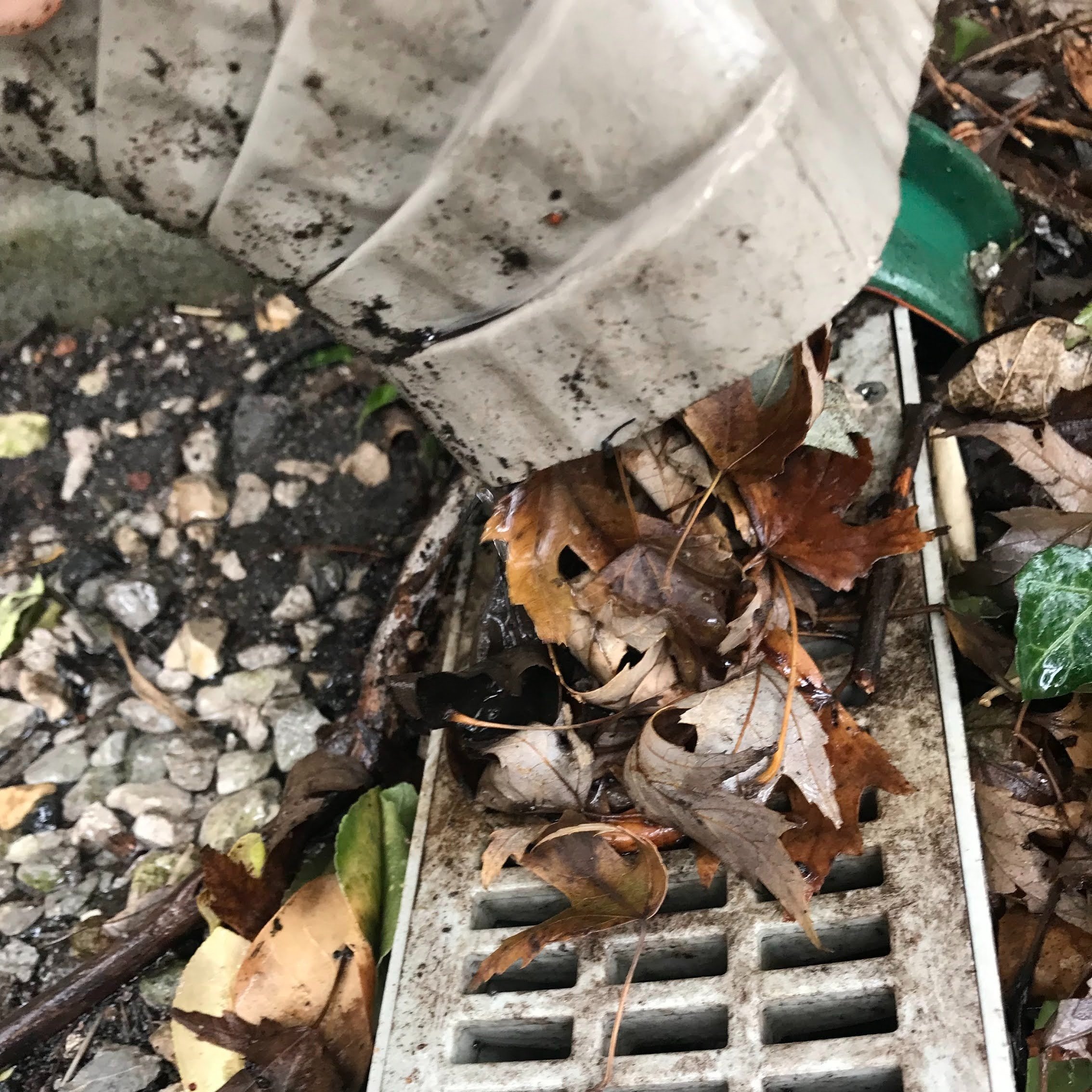Spring Cleanup for Your Foundation
Spring is here! It’s time to protect your foundation by cleaning your gutters, checking your downspouts, and confirming your grade is good. As discussed in a prior post, gutter and grade maintenance is key for managing water around your home and mitigating the risk of foundation movement (and the ensuing costly repairs).
Here are a few simple maintenance tips to consider:
Clean gutters and downspouts at least twice per year (Spring and Fall).
Use downspout extensions to discharge water at least six feet away from the foundation.
Ensure the soil around the foundation slopes away from the house.
If water pools near the home, improve the grade by adding soil; if adding soil is not possible, consider a swale or French drain.
As I have previously mentioned, the best way to determine whether you have a gutter or grade problem is to walk around your home in the rain. This is something I do at my own home a few times per year. A heavy downpour is best for identifying clogged gutters and downspouts, but even a slow steady rain can cause pooling and thus reveal low spots and areas with poor grade.
If you have little or no desire to inspect your home in the rain, fear not, you can still perform routine maintenance. To show how simple this maintenance can be, I am sharing a few examples with pictures.
Clear debris from gutters, downspouts, and entry and exit points for underground drainage systems. In the first picture below, the connection point between the downspout and the underground drainage system is covered with mulch and leaves. You can imagine how a clog here would cause significant pooling right next to the home’s foundation. In the second picture, the grated opening has been cleared so that water can flow freely into the drainage system.
Here is another entry point for an underground drainage system. At first glance, this entry point might look clear. But when you lift the downspout slightly, you see leaves that have accumulated inside the downspout. These must be removed in order to permit water to flow freely through the downspout and into the underground drainage system.
You will also want to confirm that the exit point for the underground drainage system is clear. Some systems empty out onto the driveway or sidewalk. Older systems might connect directly to the sewer system, in which case you will not have visibility to the exit point. The system below empties out into the middle of the yard. These exit points can fill up with mud, leaves, and other debris, and they need to be cleaned out occasionally.
Debris cleared from exit point of underground drainage system.
I often see grates that are permanently affixed (e.g., screwed) onto a downspout. An example of this is shown in the picture below. Although this may seem like a nice solution for a grate that frequently comes loose, this can actually exacerbate downspout clogs. When the grate is permanently affixed, debris from the gutter flows into the downspout and becomes trapped against the grate. The debris continues to accumulate and will eventually cause a significant clog. If the grate is not permanently affixed, the force of the water flowing through the downspout may be strong enough to clear the debris and pop the grate off the end of the downspout, thus avoiding a major clog.
Screwing a grate onto a downspout can exacerbate downspout clogs.
Water from downspouts should be discharged at least six feet from your home’s foundation. Downspout extensions are my preferred means for accomplishing this. If you choose to use splash blocks, confirm that they are long enough to carry water six feet from the foundation, and then check them regularly to ensure they are aligned with the downspout (I frequently see splash blocks that have been knocked out of place and that are not actually collecting water from the downspout). Pictured below is a relatively short, worn, flimsy splash block. In this particular instance, this splash block is functional, because it delivers water from the downspout to the driveway, and the driveway then carries the water far away from the home’s foundation. But in most instances, this splash block would be insufficient.
Splash blocks should be long enough to carry water six feet away from the home’s foundation and should be checked regularly to confirm proper positioning. The splash block pictured here is relatively short, worn, and flimsy, and it would not be sufficient for most applications.
In the picture below, you can see a low spot around the buried downspout, which is directly adjacent to the home’s foundation. Water is likely to pool here during heavy rains, which may cause foundation damage and water intrusion in the basement.
Water is likely to pool in this low spot near the home’s foundation.
Happy Spring cleaning! If you have specific questions or would like a customized water mitigation plan, we are here to help. Contact us today to schedule an appointment.









